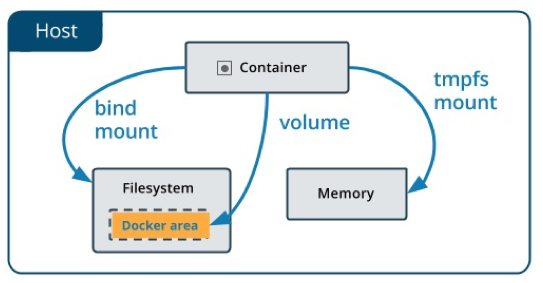1. 顺序栈
#include<stdio.h>//进栈,进栈元素为elem,top值为栈顶 ,a为数组 int push(int *a,int top,int elem){ a[++top]=elem; return top;} //出栈 int pop(int *a,int top){ if(top==-1) { printf("空栈!!!\n"); return -1; } printf("出栈元素为:%d\n",a[top]); top--; return top;}main(){ int a[100]; int top=-1; pop(a,top); top=push(a,top,1); top=push(a,top,100); top=push(a,top,999); top=pop(a,top); top=pop(a,top); top=pop(a,top);}
2.链栈
#include<stdio.h>#include<stdlib.h> typedef struct lineStack{ int data; struct lineStack *next;}lineStack; //进栈操作 lineStack* push(lineStack *stack,int elem){ //创建存储新元素的结点 lineStack *line=(lineStack*)malloc(sizeof(lineStack)); //将进栈元素赋值给新结点line line->data=elem; //新结点与头结点建立逻辑关系,新结点指向头结点 line->next=stack; //跟新栈顶位置 stack=line; //返回栈顶位置 return stack; }//入栈操作 lineStack* pop(lineStack *stack){ //判断原栈是否为空 if(stack){ //声明一个新指针指向头结点(栈顶结点) lineStack *p=stack; //跟新栈顶结点 stack=stack->next; printf("出栈的元素为:%d\n",p->data); //判断新栈是否为空 if(stack){ printf("栈顶元素为:%d\n",stack->data); }else { printf("栈已空!!!\n"); } //释放空间 free(p); } else { printf("栈内没有元素!!!\n"); return stack; } return stack;}main(){ //创建一个空结点 lineStack *stack=NULL; //将元素1进栈 stack=push(stack,1); //将元素520进栈 stack=push(stack,520); //将元素999进栈 stack=push(stack,999); //出栈(先进后出) stack=pop(stack); stack=pop(stack); stack=pop(stack); stack=pop(stack);}



































还没有评论,来说两句吧...